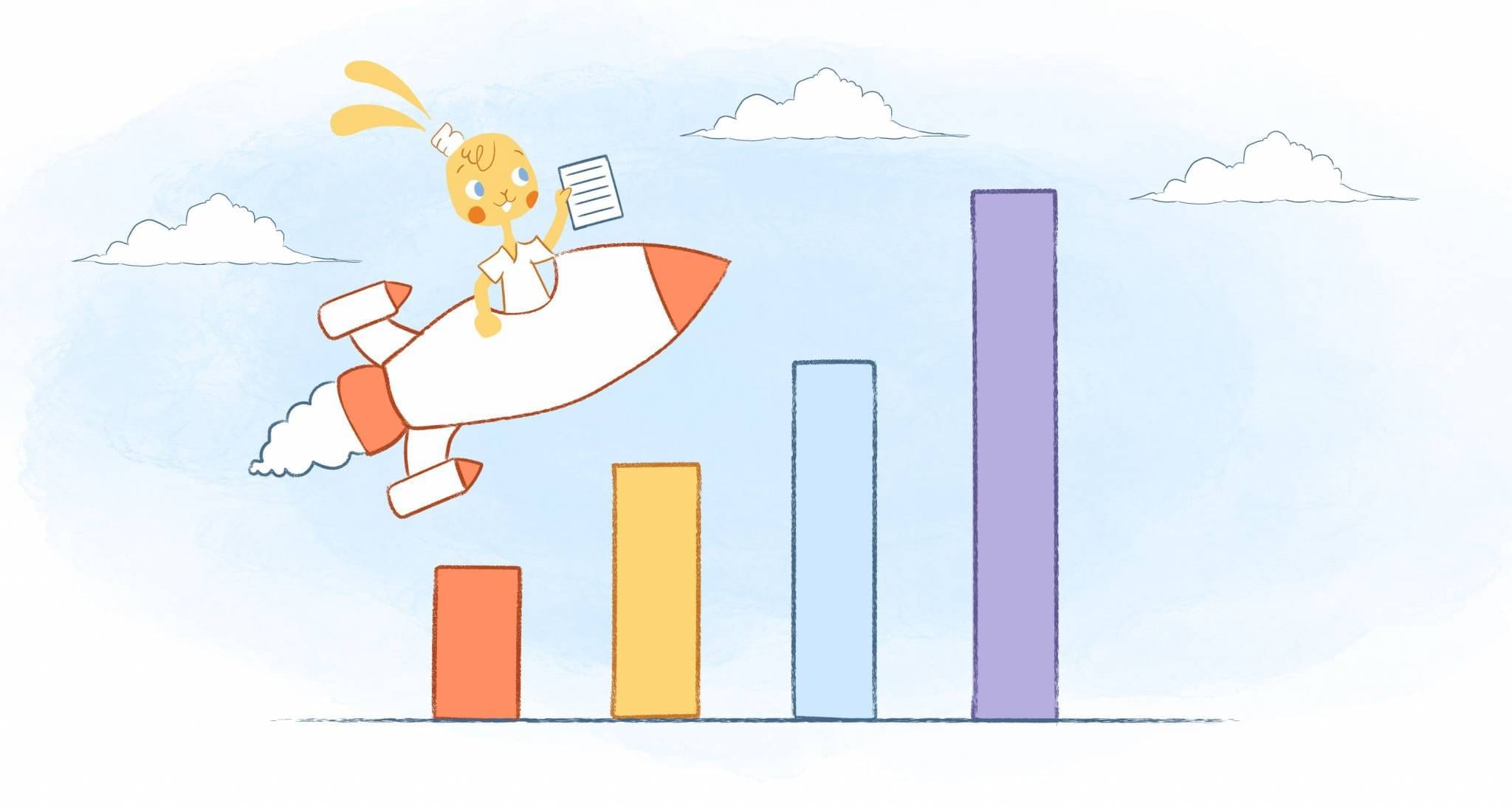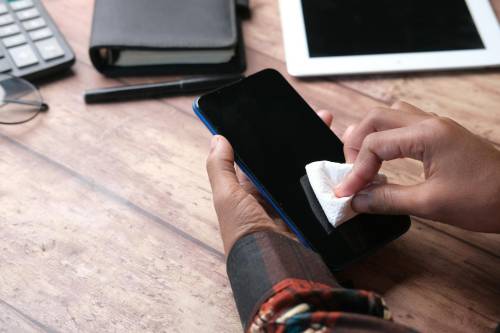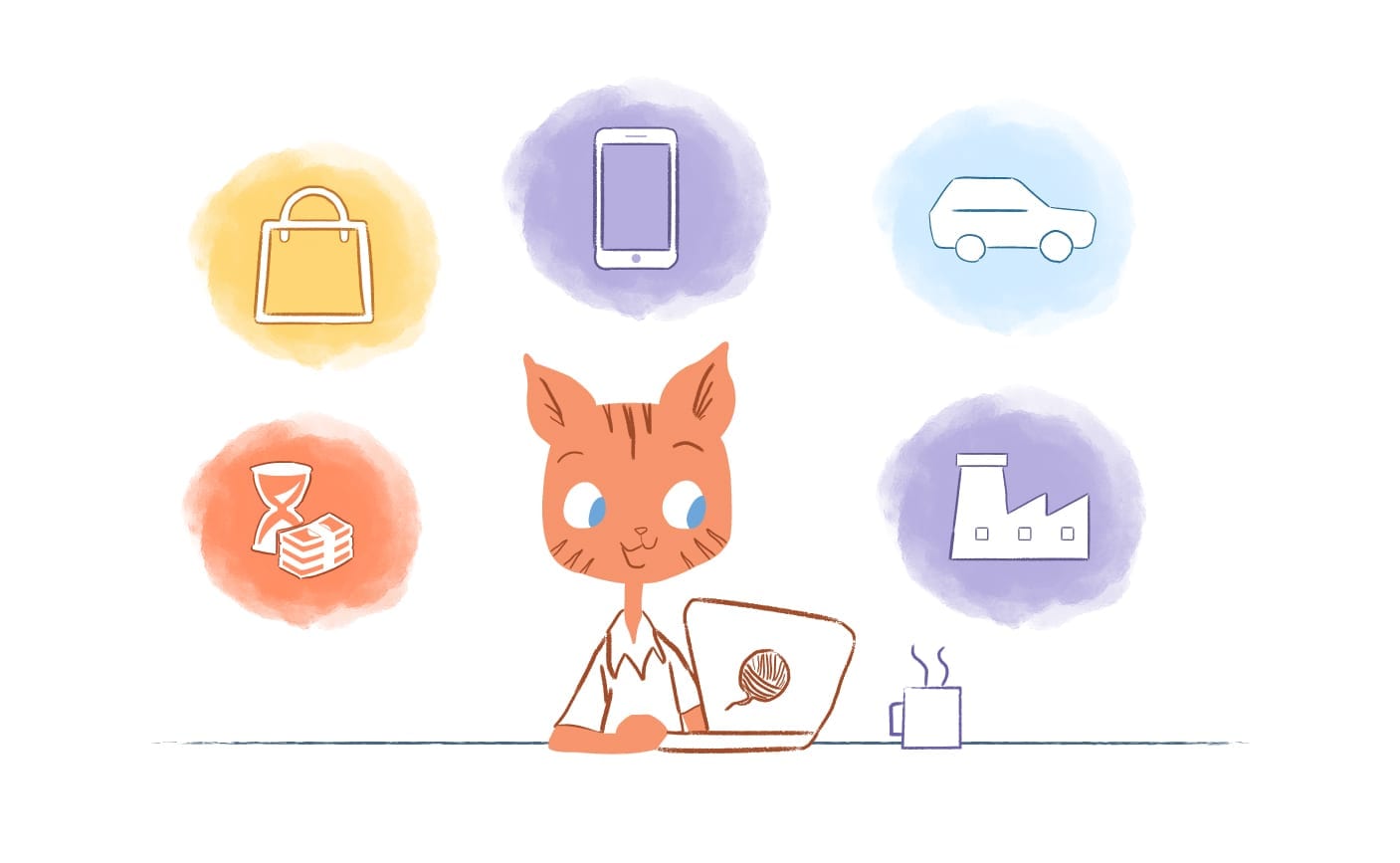

Are you on a constant quest for peak productivity? You’re not the only one. In today’s fast-paced world, it has become a continuous theme. As a result, we’re bombarded with tips, tricks, and tools that promise to unlock our hidden potential and transform us into lean, mean productivity machines. Despite this wealth of information, some myths have become deeply ingrained, hindering actual productivity.
In light of this, let’s dispel these nine common myths and promote a more realistic and sustainable approach to productivity.
1. Multitasking is the Key to Success
It is impossible to deny the allure of multitasking. Juggling multiple tasks at once makes you feel like your to-do list is being conquered at lightning speed. However, multitasking doesn’t work.
Despite popular belief, neuroscience research indicates that we are not capable of multitasking when we attempt to do two complex tasks simultaneously. Rather than switching back and forth between the two tasks, it rapidly switches between them. It may seem like we’re handling both tasks like a pro, but we’re actually draining our working memory. As a result of this task switching, we become less observant and more prone to making mistakes.
Furthermore, task switching can reduce productivity by 40%, according to a Stanford University study.
Reality Check: Take advantage of single-tasking for deep work.
The brain is wired for focused attention. Whenever we single-task, we enter a state of “deep work” – a period of intense concentration during which we produce our best work. To embrace single-tasking, follow these steps:
- Schedule focused blocks. Set aside specific times in your calendar for single-tasking.
- Minimize distractions. During these blocks of time, turn off notifications, close unnecessary tabs, and let colleagues know you won’t be able to respond to interruptions.
- Practice mindfulness. Using meditation techniques can help you focus on one task at a time and avoid mental multitasking.
2. Busy = Productive
In our culture, those with overflowing plates are often hailed as heroes. After all, the feeling of being perpetually busy gives you a sense of importance and self-worth. But are you achieving your goals? Or are you just spinning your wheels?
Reality Check: Focus on the impact, not the activity.
You should instead ask yourself: “What are my true priorities?” From there, eliminate tasks that do not contribute to your goals.
Also, learn to say “no” to requests that don’t fit with your values.
3. The More Hours You Work, The More You Achieve
Working long hours is glorified in the hustle culture, which leaves us exhausted and resentful. However, Stanford University research shows productivity returns diminish after a certain point. There is actually a decline in productivity after 50 hours a week, which can result in errors and poor decisions.
Furthermore, chronic overwork can cause burnout, stress, and health problems.
Reality Check: Quality comes before quantity.
Instead of working more hours, maximize your output within those hours. Here are some strategies to get you started:
- Set SMART goals. Specific, Measurable, Achievable, Relevant, and Time-bound goals help prioritize tasks and ensure that you are working towards the right goals.
- The Pareto Principle (80/20 Rule). To achieve 80% of your goals, you must put in 20% of your effort. Determine which tasks will have the most significant impact and prioritize them accordingly.
- Embrace rest and recovery. Take breaks throughout the day, and make sure you sleep enough. Well-rested minds are more productive.
- Delegate and automate. Avoid wasting time and energy on tasks that can be automated or delegated.
4. You Need a Rigid Routine to Be Productive
It may be beneficial for some people to have a rigid routine, but forcing yourself into one can be detrimental. After all, unexpected events and changes are inevitable. In turn, when you have a strict schedule, you may feel frustrated and unable to adjust.
Reality Check: Add flexibility to your schedule.
- Create a flexible framework. Keep a general schedule for your day, but remain flexible enough to adjust as your needs change. For example, you could have some white space in your calendar. You could use this unscheduled block of time for quietness or for emergencies.
- Be aware of your body’s rhythms. There are times when we are most productive. Therefore, schedule demanding tasks for these times and less taxing tasks for off-peak times.
5. You Need a Fancy Productivity System to Be Efficient
Those in the productivity industry thrive on selling the idea of the perfect system. In most cases, this is the one-size-fits-all app, planner, or workflow that will bring out your ultimate efficiency. In reality, what works for others may not work for you.
Reality Check: Find a system that fits your needs.
In the world of productivity, there are no magic bullets. Instead, the key is to find a system that complements your natural working style and preferences. Here are some tips on finding the right system for you:
- Try out different tools and techniques. Use productivity methods such as the Pomodoro Technique (focused work sessions), Eisenhower Matrix (prioritization), or bullet journaling.
- Be open to adapting. Over time, your preferences and needs will change. If you find a system that works for you, don’t hesitate to modify it.
- Focus on process, not perfection. Don’t worry about finding the perfect system. Even if it isn’t perfect, a consistent system is the best.
6. Technology is the Ultimate Productivity Booster
Although technology can be a powerful tool, relying on apps and hacks alone can be problematic. For example, information overload occurs when you are constantly bombarded with notifications, emails, and social media updates.
Reality Check: Develop a mindful relationship with technology.
You should first create a technology-free zone, such as in your bedroom or when eating. You might also want to try these tips:
- Make sure notifications are turned off. You cannot concentrate on your work when you receive constant alerts. Schedule specific times to check your social media and emails. You can also use apps to block distracting sites at specific times.
- Embrace digital detox periods. Ensure you take time out each day, or even the entire weekend, to be completely offline. This will help you refocus and recharge.
7. A “Clean Desk” Leads to a Clear Mind
Something is appealing about having a perfectly organized workspace. For others, a meticulously tidy desk might hinder creativity. A messy desk can be a catalyst for innovation and the generation of ideas.
In fact, a study by Researchers at the University of Minnesota found that “Participants in the messy room generated the same number of ideas for new uses as their clean-room counterparts. But their ideas were rated as more interesting and creative when evaluated by impartial judges.”
Additionally, it might indicate someone who is deeply involved in their work. As Albert Einstein once said, “If a cluttered desk is a sign of a cluttered mind, of what, then, is an empty desk a sign?”
Reality Check: Find your personal workspace sweet spot.
Again, a minimalist desk can help some people focus. However, some thrive with visual reminders and inspirational items. So, experiment and discover what enhances your productivity and mental well-being.
8. You have to strive for “Inbox Zero”
‘Inbox Zero’ may sound appealing, but it has some downsides as well:
- It can be a time-suck. The time you spend checking, sorting, and filing emails can be used for more important tasks.
- The idea isn’t feasible for everyone. Depending on your profession, you may receive a high volume of emails, making it challenging to maintain zero.
- Maybe it’s not the best use of your time. When you need to refer back to some emails later, filing them neatly could be more beneficial than deleting them.
- It can be stressful. As a result of the pressure to maintain a perfect inbox, anxiety can develop.
Reality Check: Don’t let emails dictate your days.
‘Inbox Zero’ does not mean sit in your inbox all day and get rid of email—that’s quite the opposite of what I said, let alone intended,” explains Merlin Mann, the productivity expert who coined the term.
“The truth of it is, the real zero is how much of your mind is on email,” he adds. “I wouldn’t begin to say that’s a simple or easy problem to solve, but there are ways to do it. No matter what solution you come up with, it’s going to take a change of your own attitude and then a very mindful attempt to [dedicate] yourself to having the life you want to have rather than feeling led around by a bunch of bits and bytes on a computer.”
You should also consider these alternative approaches:
- Focus on managing your inbox, not emptying it. Establish a system for prioritizing and responding to emails and set aside specific times for dealing with them.
- Use labels and folders. You should organize your emails so that they are easy to find in the future.
- Unsubscribe from unnecessary emails. Take steps to reduce the amount of emails you receive.
Ultimately, the best email strategy is the one that works for you and helps you stay productive and focused.
9. Working From Anywhere, Anytime is the Dream
Working remotely can be both a blessing and a curse. It is flexible, which can be useful for managing schedules and errands. On the other hand, constant accessibility can make it difficult to truly unwind from work. This blurring of lines can result in burnout.
Reality Check: Take a stand.
- Define your boundaries. Establish clear boundaries between personal and work time. Having dedicated workspaces in your home and not checking work emails during “off-hours” may help.
- Do not fall into the trap of working all day, every day. Schedule breaks and “me-time.” Get up, move around, and disconnect from work during breaks.
Beyond Debunking Myths: Building a Sustainable Productivity Mindset
Debunking the myths above is just the beginning. In order to cultivate a more effective and sustainable approach to productivity, consider the following tips:
- Identify your peak productivity times. It’s best to schedule demanding tasks when you’re naturally focused.
- Embrace the power of planning. Organize your to-do list by priority each day. It will help you stay on track and provide a roadmap for your day.
- Take advantage of the power of breaks. You can refocus and get back to work with renewed energy by taking short breaks throughout the day.
- Embrace failure. We all make mistakes. Think of them as opportunities for growth and learning.
- Track your time. You can track your time using a variety of tools, such as calendar analytics. By using them, you can determine where your time is being spent and adjust your efforts accordingly.
- Celebrate progress. Don’t just focus on the end result. To stay motivated, acknowledge and celebrate small victories along the way.
Conclusion
It is time to move away from the mythical notion of productivity. When we prioritize quality over quantity, focus on deep work, and build a system tailored to our unique needs, we can accomplish more. When we debunk these myths and develop a sustainable productivity mindset, we can reclaim our time and focus on what really matters.
It is important to remember that productivity is not about working harder but about working smarter and more intentionally.
FAQs
Do I need to copy the habits of highly successful people?
Although successful people tend to follow strong routines, what works for one person might not work for you. Trying to copy someone else’s productivity habits can distract you from finding your own.
Is multitasking the key to getting more done?
When you multitask, your work is often sloppy and takes longer than if you focus on one task at a time. To achieve better results, prioritize and tackle tasks one by one.
Do I need to be constantly “on” to be productive?
Taking breaks and letting your mind rest is essential for focus and creativity. Schedule downtime to avoid burnout.
Will I be more productive if I work longer hours?
When you’re exhausted, you’re less productive. As such, make efficiency a priority over sheer working time. When you are at your peak energy, focus on tasks with a high impact.
Does a longer to-do list lead to greater productivity?
There is nothing worse than having an overwhelming and paralyzing to-do list. As a result, you may feel constantly unaccomplished.
Focus on quality rather than quantity. Reduce the size of a task by breaking it down into smaller, manageable steps. Don’t overload yourself with tasks, and always prioritize the most important ones.
Is working through breaks a sign of dedication?
Breaks are essential for maintaining energy and focus. Skipping breaks can decrease productivity and lower the quality of work.
Instead, make regular breaks part of your daily schedule. Try something unrelated to work, such as moving around or walking.
Image Credit: Vanessa Garcia; Pexels











John Rampton
John’s goal in life is to make people’s lives much more productive. Upping productivity allows us to spend more time doing the things we enjoy most. John was recently recognized by Entrepreneur Magazine as being one of the top marketers in the World. John is co-founder and CEO of Calendar.